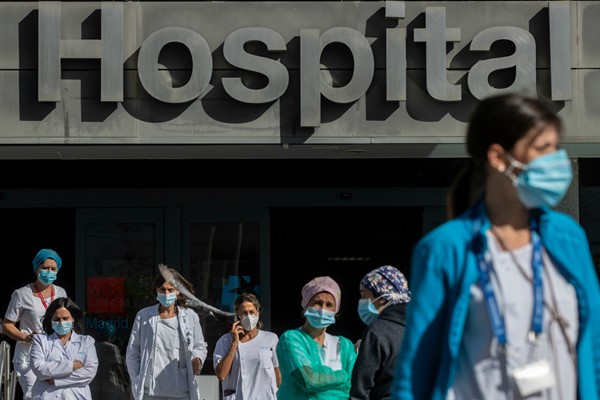The White House coronavirus cluster underscores a reality that no amount of happy talk can overcome. After more than nine months, 36 million cases and more than 1 million deaths worldwide, the COVID-19 pandemic is still raging. The infection rate in the United States and Europe is increasing, and a vaccine will not be widely available until well into 2021.
It is not too early, however, to begin preparing for the next pandemic—and there will be a next one. Although it has become commonplace to describe COVID-19 as a once-in-a-century event, another pandemic could in fact be imminent. More than 40 new dangerous pathogens have emerged since 1970, most jumping from animal to human hosts, and the pace of their appearance is increasing, as humans enter new ecosystems and encounter once-isolated species. As the Nobel Laureate Joshua Lederberg warned back in 1988, “The microbe that felled one child in a distant continent yesterday can reach yours today and seed a global pandemic tomorrow.”
Last week, a high-level, bipartisan task force at the Council on Foreign Relations, which I co-directed, released its final report, “Improving Pandemic Preparedness: Lessons From COVID-19.” It argues that pandemics are both inevitable and costly, and that we can no longer afford to pay lip service to preparedness. For years, governments, international organizations and blue-ribbon commissions have warned of the growing risk posed by novel strains of influenza and coronavirus, and yet the United States and the world have failed to prioritize these threats.

